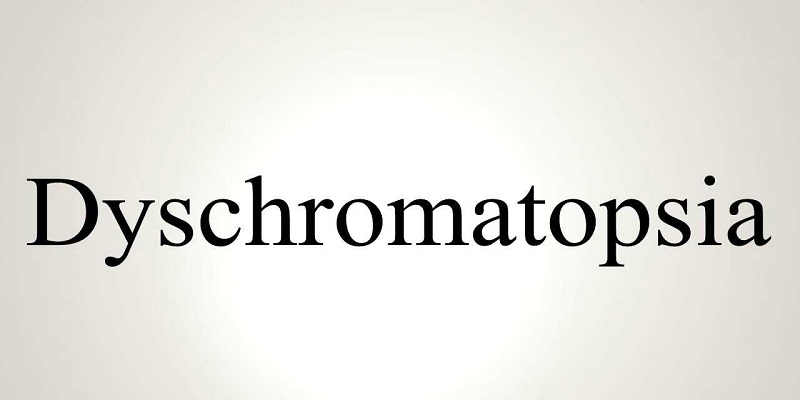Some time ago we explained why we see colors. For the dyschromatopsia are alterations of our color vision. There are three main types of discromaopsias, so let’s see what they are and what each one of them:
Types of dyschromatopsia
Recall that there are three pigments involved in color vision (sensitive to blue, red and green). Well, the dyschromatopsia can be for total inactivation of a pigment (color deficiency) or alteration in sensitivity range (color anomaly). If it lacks the three pigments talk about a vision in black and white (color blindness, which is rare).

The dyschromatopsia are caused by mutations affecting genes encoding pigments responsible for color vision.The blue-sensitive pigment is on chromosome 7. pigments sensitive to red and green are encoded in a gene on the X chromosome, so its inheritance is sex-linked. The mutations are recessive, which means that only manifest if both copies of the gene are altered. For a woman to suffer alterations in their view of the red or green you must have the corresponding gene mutated in their two X chromosomes; while men, to have a single X chromosome, they suffer alteration if any X chromosome inherited the lead. This explains that the frequency of these abnormalities is greater in males than in females.
Among the different types of dyschromatopsia highlights the color blindness that can be of various shapes, among which are:
Monocromatismo
Monochromatism is a rare form of color blindness (affects 1 in 100,000). Those affected have no functional cones; They receive light only thanks to the sticks.Therefore only see grayscale and need protective lenses for sunlight.
Dichromatism
Dichromatism is a sex-linked disease. The dichromats receive a smaller color range than normal people (trichromats). Three varieties are known
- Protanopia: Lack of pigments that absorb long wavelength (red). The protanopes are practically blind for red, blue and yellow only see shades.
- Deuteranopia: Lack of pigments absorbing medium wavelengths (green). Deuteranopes see green in yellow.
- Tritanopia: Lack of pigments that absorb short wavelengths (blue). It is very rare. The tritanopes confuse yellow and blue and only see blue and red tones.
These visual dysfunctions influence the quality of life, then it is important to early detection through visual checks and tests like Ishihara test. For the treatment of these disorders has been proposed to use filters or tinted lenses, with mixed results. Other lines of research are based on the use of gene therapy, but their results have not yet been tested.
